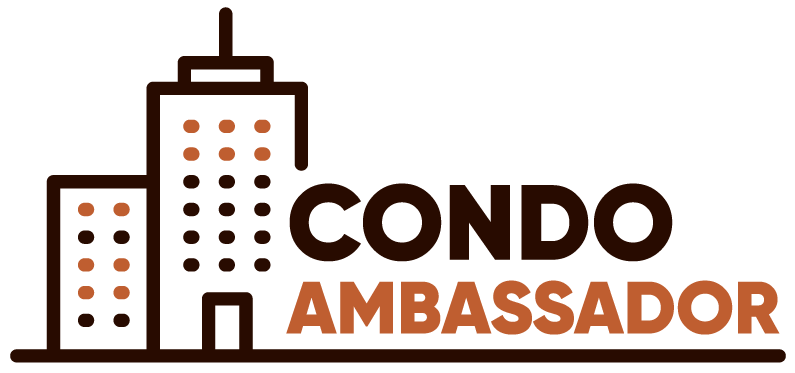
Living in a condominium offers convenience, modern amenities, and a built-in sense of community. However, many condo owners may feel restricted by certain rules, such as not being allowed to hang decorations on their doors, dry clothes on their balconies, or put up signs on their windows. These rules can seem frustrating, but they stem from the way condominiums are structured and managed.
Let’s break down the key concepts so you can better understand your rights and responsibilities within your condo community.
The Structure of a Condominium: Unit vs. Common Areas
In a condominium, your space is divided into two parts:
- Your unit: This is your private area, typically defined as the interior space of your home.
- Common elements: These are shared spaces owned collectively by the condo corporation, such as hallways, elevators, lobbies, and sometimes the outer surfaces of doors and balconies.
Understanding the boundaries between your unit and the common areas is essential, as it determines what you can do within your space and what falls under the shared responsibility of the condo corporation.
Where Are the Boundaries?
Every condo’s declaration outlines the exact boundaries of your unit and the common areas. The most common boundary rules are:
- Vertical boundaries: From the top of the unfinished concrete floor to the underside of the concrete ceiling.
- Horizontal boundaries: From the back surface of the drywall separating units or common areas. For doors, windows, and balconies, typically only the interior surfaces belong to you.
For example, your balcony’s glass exterior or door’s outer surface may be part of the common area, meaning any changes or decorations might require condo approval.
Why Does It Matter?
This division of space affects two critical aspects of condo life:
- Condo Community Rules: To maintain uniformity and harmony within the community, condo corporations enforce rules on how common areas are used and maintained. These rules ensure a pleasant living environment for all residents.
- Condo Maintenance Fees: Your maintenance fees contribute to the upkeep of common areas. Since these areas are shared, everyone in the community shares the cost of repairs, cleaning, and improvements.
By understanding the boundaries, you’ll know which maintenance tasks are your responsibility and which are covered by your condo fees.
What Should You Do?
If you’re unsure about your unit’s boundaries or have concerns about rules, here’s how to stay informed:
- Review your condo declaration: This document clearly defines what’s part of your unit and what’s a common element.
- Communicate with your condo board: They can clarify rules and help you navigate any concerns.
- Respect the community: Remember, these rules are designed to balance personal preferences with the collective good of the condo community.
Living in a condominium offers many perks, but it’s important to understand the unique structure of ownership and shared responsibility. By familiarizing yourself with the rules and the division of space, you’ll be better equipped to enjoy your home while contributing positively to your condo community.
Whether it’s understanding condo maintenance fees, respecting community guidelines, or managing your private space, knowledge is key to harmonious condo living!






